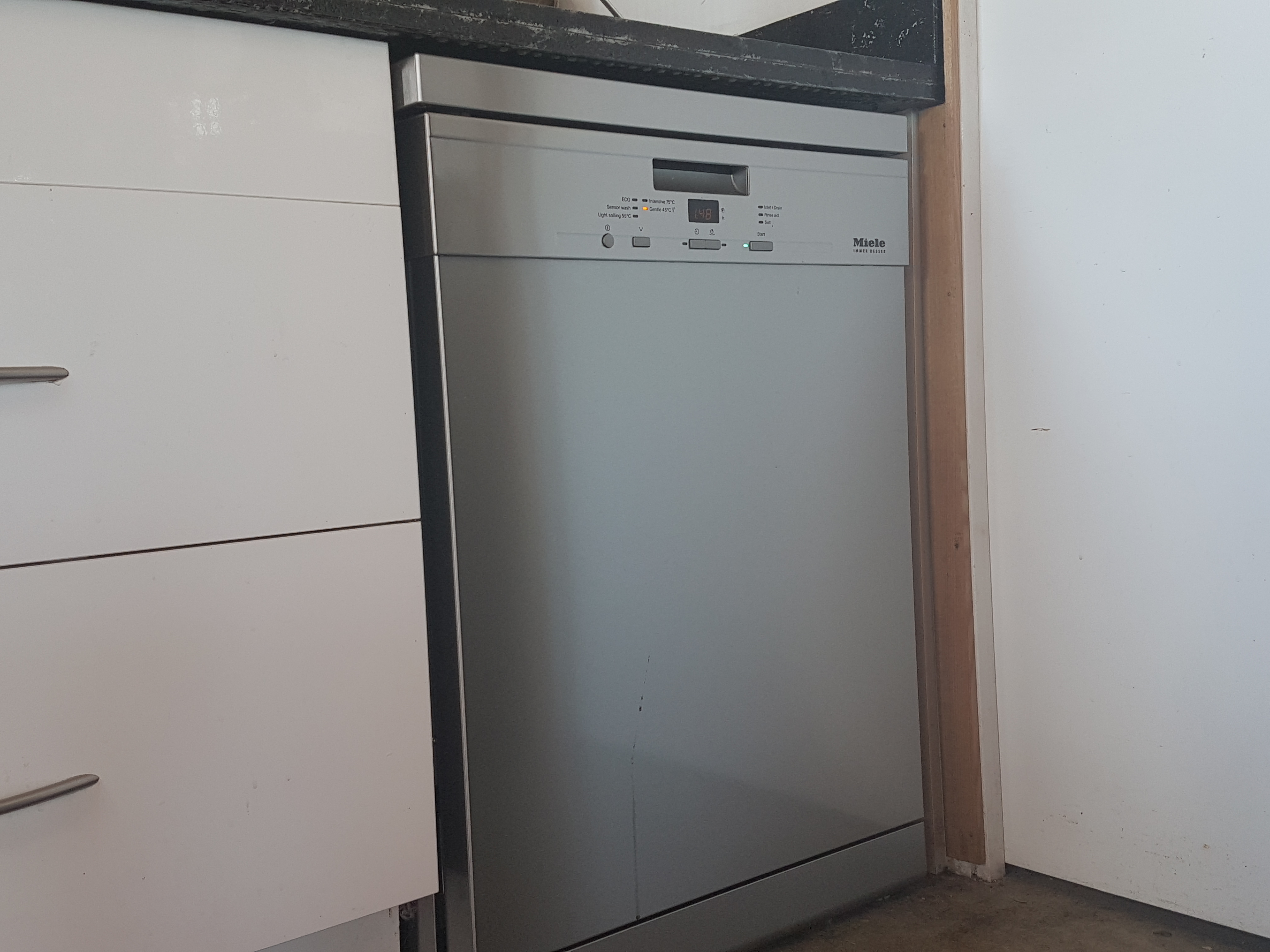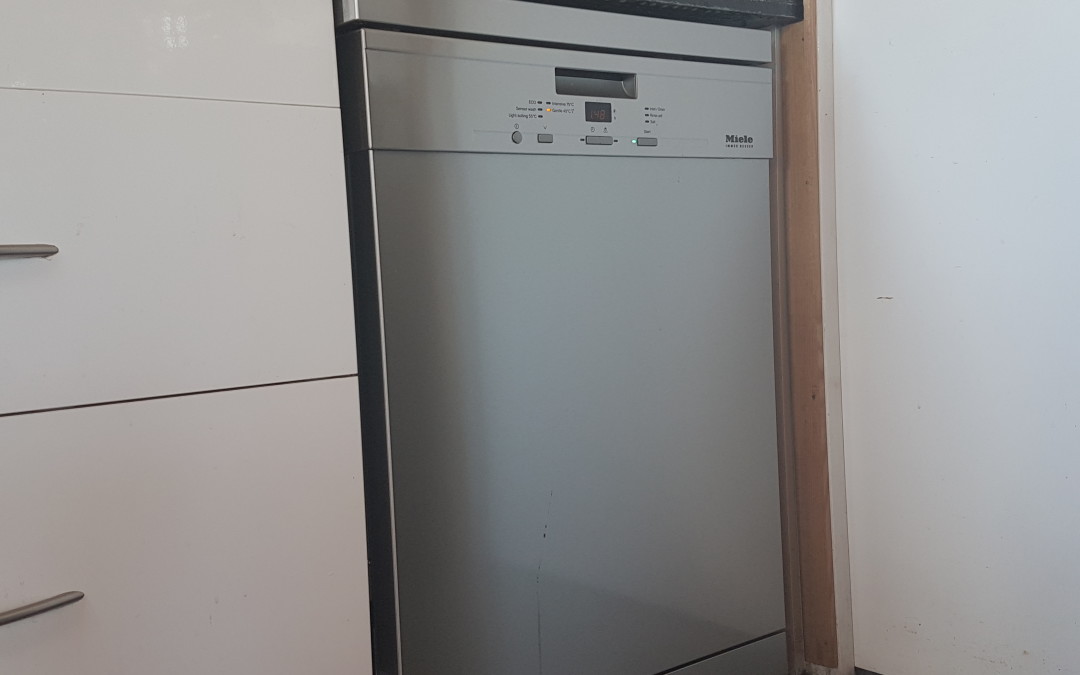This week was the week of ADDING ELECTRICAL APPLIANCES TO OUR LIVES, one of which was a DISHWASHER.
In other households, this is no big deal- buy, plug in, away you go, but on our off-grid set-up, every new electrical appliance is an experiment and a potential source of stress.
We have never had a dishwasher, not in all the houses we have lived in over the years. I was convinced that they used too much power, too much water, and were an un-necessary modern day luxury. But recently, washing up has become my most hated chore. It can take up to 45 minutes and leaves my fingers too wrinkly to play the harp for the next hour. I would rather chop wood. I would rather mow. I would rather clean toilets.
And it was not just my most hated chore. Given a choice between wheelbarrowing mulch and washing up, our sons would choose wheelbarrowing everytime. Or splitting wood. Or sweeping the house. (Maybe not cleaning toilets, though.).
We had a family conference and decided that a dishwasher could be a much-appreciated addition to the household. So we went shopping.
Energy consumption and water consumption were our biggest concerns. Australian labelling on dishwashers, which gives an energy rating and a water rating, is very helpful, and it quickly became clear that the more expensive brands far outperformed the cheaper brands in both areas. We already have a wonderful energy-efficient Miele fridge, so we bit the bullet and went with the Miele dishwasher, even though it was three times more expensive than some of the other models on display.
The labelling told us it uses 11.3 litres per wash- some of the other dishwashers used 16 litres or more. Being on tankwater, an extra 5 litres of water per day is nothing to be sneezed at.
The labelling also told us it would use 274kW per year. This meant nothing to us. We don’t think in terms of kilowatts per year. We know we get in 28amps of power through our panels when it is very sunny. We know a lightbulb uses 1amp. We know that three hours of watching TV at night will drop our battery bank from 100% to about 96%. But kilowatts per year? No idea.
So we took a risk and bought it anyway.

We slid it into the dishwasher-sized space under the kitchen counter that we had created on the off chance we ever got a dishwasher, hooked it up to our hot water line to save energy, and were ready to go.
The first time I used it, it was late afternoon. I loaded it up (a bit disappointed that all my very big pots and pans would not fit) and pressed the start button. A number, ‘2.41’, came up on the display, and I wondered what it meant. Maybe the number of the program? I ran over to our solar display to see how much power it was using.
5 amps. That is a lot.
A few minutes later, when the display read ‘2.36’, it twigged that the number was the AMOUNT OF TIME THE DISHWASHER WOULD BE ON.
Almost THREE HOURS to wash a load of dishes (and not even the biggest pots and pans)? 5 amps NON-STOP for THREE HOURS? Crazy!
Three hours later, we had the generator on and I was feeling frazzled with our new, expensive purchase. And when I unloaded the dishwasher, it turned out I had loaded it too fully, and some of the bowls were still covered in food.
This new dishwasher had been expensive, couldn’t fit my big pots and pans, used too much power, and didn’t even WASH properly!!
Over the next couple of days, I tried again. I made sure I only put the dishwasher on early in the day to give our solar batteries a chance to charge fully the rest of the day in preparation for the night. That worked, and once again, we were going into the evenings with 100% battery power.
I stacked the dishes carefully, and the plates came out clean.
On the fourth day, after starting the dishwasher, I washed the remaining couple of pots and cutting boards by hand, which took about three minutes, and I noticed something very strange. I was feeling oddly…fond…of the dishwasher. It was like having a VERY KEEN but VERY SLOW helper- almost like a child- with the difference being that this helper actually did an AWESOME job. Everyone in the family was commenting on how nice the plates felt, how the lunch containers no longer smelled weird or felt greasy. When teenage boys are making comments on crockery and tupperware, you know a real change has been made.
So, after a disastrous beginning, I am now in love with the dishwasher. As long as we keep using it in the daytime on sunny days, we can handle its power usage. It uses a bit more water than we do to wash up, but it also does a MUCH BETTER JOB at washing than we do. And if the sun is shining, we are producing the hot water necessary to run it efficiently in our solar hot water system. So, a happy success.
But be warned. All those ‘energy efficient’ labels can be deceptive. A 5 (or 6) star rating may not mean the appliance hardly uses any energy- it means it it is energy efficient compared to other products in the same category. So be warned. A dishwasher is probably a good one to run in your off-peak electricity time.


Recent Comments